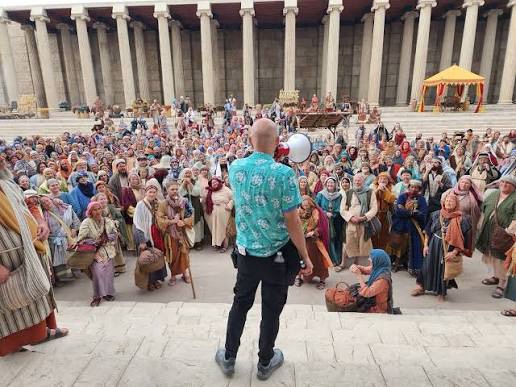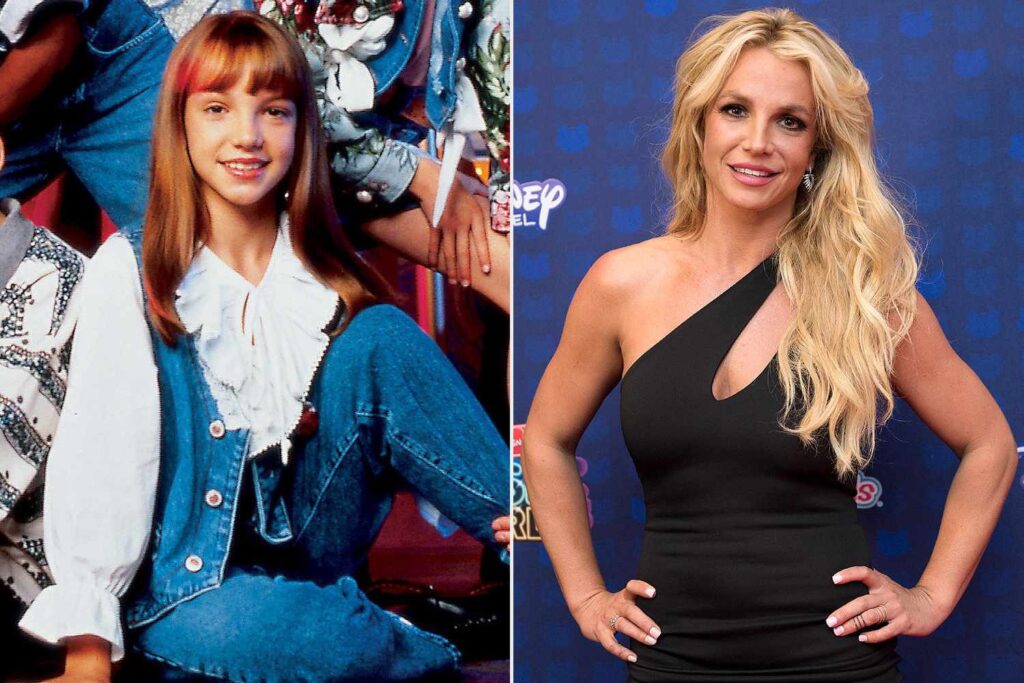For decades, the promise of stardom has lured thousands of young hopefuls into the orbit of production houses, talent schools, and influencer academies. Behind the glossy social-media campaigns and stage-parent dreams lies an industry model that experts say resembles a pipeline — one that has quietly commodified childhood itself.
Across Los Angeles, Seoul, Mumbai, and Manila, “talent factories” recruit minors through glossy auditions and “training programs.” Parents often sign multi-year contracts, believing they’re securing opportunity; instead, they may be waiving critical rights. These contracts can include broad morality clauses, image-use waivers, and debt-style training fees that saddle families with financial obligations even when their children never land paid roles.
The K-Pop Blueprint
In South Korea, the Johnny Kitagawa–style talent-agency system still casts a long shadow. Training schools groom children as young as nine to sing, dance, and post viral content — often under 14-hour workdays, strict diets, and surveillance. Former trainees describe “emotional control drills,” public weigh-ins, and punishment for underperformance. When scandals erupt, agencies frequently invoke non-disclosure agreements and defamation threats to silence whistleblowers.
Hollywood’s Mirror
The United States’ version is more subtle but no less exploitative. Independent “acting academies” and “Instagram incubators” charge families thousands of dollars for exposure to casting directors. Unregulated coaching programs promise stardom but deliver debt. In 2024, the California Labor Commissioner’s Office reported a 27 percent rise in complaints from minors alleging unpaid labor, unlicensed managers, or withheld earnings. Yet enforcement remains rare: child-labor protections built for 20th-century film sets rarely extend to influencer marketing or livestream production.
The Digital Loop
Social platforms have multiplied the value of youthful charisma. Teens with millions of followers can drive ad campaigns — but the contracts they sign often hand lifetime control of likeness, voice, and creative output to agencies. In some cases, studios even create “virtual twins” — AI-replicas of young performers — to extend brand continuity without ongoing pay. Media-law scholars now warn this could be the next frontier of exploitation: minors locked into digital servitude long after they age out of childhood.
Legal Gray Zones
Unlike unionized actors, most social-media creators are classified as “independent contractors.” That allows studios and talent networks to bypass residual payments, insurance, and workplace protections. Internationally, child performers fall through even larger gaps. The Philippines’ Department of Labor and Employment recently suspended several influencer-training centers accused of overworking minors without permits, yet no federal law there regulates digital-era acting schools. In the United Kingdom, BBC investigations found children as young as 11 appearing in monetized YouTube content under production entities owned by their parents — a loophole that skirts labor law entirely.
The Human Cost
“They are products built for emotional engagement. When the spotlight fades, they’re left with nothing to anchor them.”
Psychologists working with former trainees report chronic anxiety, body-image disorders, and PTSD symptoms. Many describe a “post-factory void” — after being treated as brands since childhood, they struggle to define identity once contracts end.
A Global Reckoning
Reform is emerging, if slowly. The International Labour Organization (ILO) and UNICEF have begun drafting digital-era performance guidelines. SAG-AFTRA in the U.S. has proposed extending the Coogan Law — which protects child actors’ earnings — to influencer and live-streaming revenue. Meanwhile, advocacy groups in Japan and South Korea are lobbying for “digital emancipation” rights that allow former child performers to reclaim their image and likeness once they reach adulthood.
Still, the industry resists change. For studios and talent agencies, the youth pipeline remains immensely profitable — low wages, high turnover, and endless public appetite for new faces. The machinery rolls on.
The Larger Question
Behind every viral dance and breakout teen sensation lies a deeper story: who owns the child’s image, and who profits from it? Until global law catches up with digital exploitation, the dream factory remains, in part, a factory of dreams sold and spent.






















